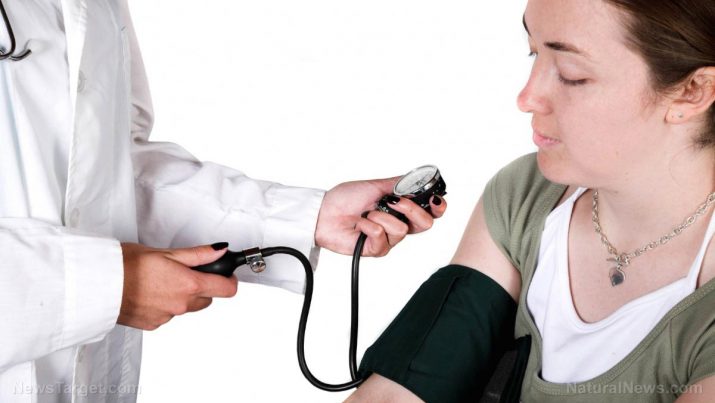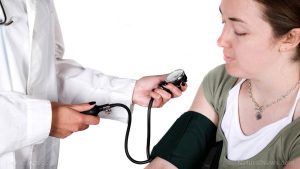
Renovascular hypertension – causes, side effects and treatments at NaturalPedia.com
Wednesday, June 27, 2018 by Michelle Simmons
http://www.naturalpedia.com/renovascular-hypertension-causes-side-effects-and-treatments-at-naturalpedia-com.html

Renovascular hypertension is the increase in blood pressure caused by partial or complete blockage or narrowing of one or more renal arteries or their branches. The most common cause of renovascular hypertension is a blockage in the arteries due to high cholesterol. This problem happens when a sticky, fatty substance called plaque builds up on the inner lining of the arteries. In turn, this result in a condition called atherosclerosis. When the arteries that carry blood to the kidneys become narrow, less blood will flow to the kidney. The kidneys mistakenly respond as if the blood pressure is low. Because of this, they release hormones that tell the body to hold on to more salt and water, causing the blood pressure to increase.
Another cause of renovascular hypertension is fibromuscular dysplasia, which is a condition caused by abnormal growth of cells in the walls of the arteries leading to the kidneys. This condition also results in narrowing or blockage of these arteries. It is often seen in women below 50 years old and tends to run in families.
Renovascular hypertension is also referred to as renal artery stenosis.

Known symptoms of renovascular hypertension
The known signs of renovascular hypertension include high blood pressure at a young age; high blood pressure that suddenly gets worse or is difficult to control; kidneys that are not working properly; narrowing of other arteries in the body, such as to the legs, the brain, the eyes, and other parts of the body; and a sudden buildup of fluid in the air sacs of the lungs.
Renovascular hypertension can also lead to complications, such as end-organ damage from uncontrolled hypertension, progressive chronic kidney disease, acute kidney injury in rapidly advancing cases (or if there is intercurrent illness or other cause of renal insult), deterioration in renal function in patients taking angiotensin-converting enzyme (ACE) inhibitors and angiotensin-II receptor antagonists, refractory heart failure or episodic recurrent pulmonary edema, and refractory angina.
Body systems harmed by renovascular hypertension
The body systems harmed by renovascular hypertension are the cardiovascular system and the urinary system.
List of foods or nutrients that prevent renovascular hypertension
There is a recommended diet to prevent hypertension. It is called the Dietary Approaches to Stop Hypertension or DASH diet. This diet is composed of eating a lot of beans, fish, fruits, low-fat dairy products, nuts, poultry, seeds, vegetables, whole grains; and limits the consumption of salt, sodium, added sugars and sweets, fats, and red meats. The DASH diet is said to help lower blood pressure, reduce the risk for heart disease, stroke, and cancer, and decrease the risk of kidney stone formation. It is also a recognized treatment for hypertension, heart disease, and kidney disease.
Treatments, management plans for renovascular hypertension
Treatments for renovascular hypertension may involve medications and medical procedures, such as angioplasty, stenting, and surgery. Quitting smoking, losing weight, eating a heart-healthy diet, exercising, and reducing stress can also help improve the condition.
Where to learn more
- Who needs meds? Simple potassium may lower blood pressure more safely than prescription drugs
- A Dark Chocolate to Die For
- 5 Natural Spices That Reduce Blood Pressure
- Three foods that can treat kidney disease and boost renal function
- Herbs remedies to helps to avoid kidney dialysis
Summary
Renovascular hypertension is high blood pressure caused by a partial or complete blockage of one or more arteries in the kidneys.
Renovascular hypertension causes high blood pressure at a young age; high blood pressure that suddenly gets worse or is difficult to control; kidneys that are not working properly; narrowing of other arteries in the body, such as to the legs, the brain, the eyes, and other parts of the body; and a sudden buildup of fluid in the air sacs of the lungs.
Renovascular hypertension can be prevented and treated with the DASH diet.
Renovascular hypertension treatments include medications, medical procedures, such as angioplasty, stenting, and surgery, and following a healthy lifestyle.
Sources include:
Tagged Under: Tags: Renovascular hypertension





